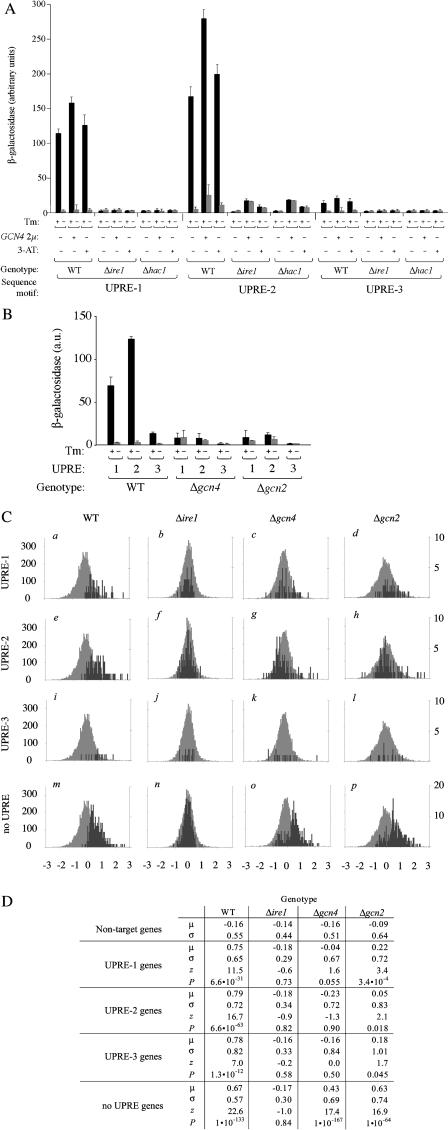Figure 3. GCN4 Encodes a Novel Transcription Factor in the UPR.
(A) Overexpression of GCN4 is sufficient for activation of UPRE-2, but not UPRE-1 or UPRE-3. UPRE-driven transcriptional activity as a function of Gcn4p levels, elevated either as a result of overexpression (+ GCN4–2μ) or amino acid starvation (+ 3-AT), in the presence or absence of ER stress (Tm).
(B) GCN4 and GCN2 are necessary for ER stress-dependent activation of UPRE-1 and UPRE-2. UPRE-driven transcriptional activity as a function of GCN4 pathway genes (WT, Δgcn4, and Δgcn2) in the presence or absence of ER stress (Tm).
(C) GCN4 and GCN2 are required for UPR-dependent transcriptional activation of a subset of target genes. Fold changes in mRNA levels were determined by microarray for DTT-treated vs. -untreated WT, Δire1, Δgcn4, and Δgcn2 strains (columns). Histograms show distribution of log2-fold changes for non-UPR target genes (light bars) and for UPR target genes (dark bars), which contain UPRE-1, UPRE-2, UPRE-3, or still unidentified UPREs (rows) in their promoters.
(D) Target gene regulation differs significantly in WT and Δgcn4/Δgcn2 mutants. Means (μ) and standard deviations (σ) for log2-fold change in gene expression for non-UPR target genes, and for genes that fall inside the UPR target gene set and contain UPRE-1, UPRE-2, or UPRE-3 in their promoters. Z statistic (z) and P value (P): higher z reflects a greater difference between the distribution for UPRE-containing target genes and nontarget genes; lower P indicates a more highly significant difference. For detailed calculations, see Materials and Methods.

